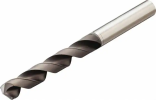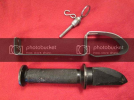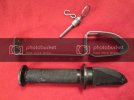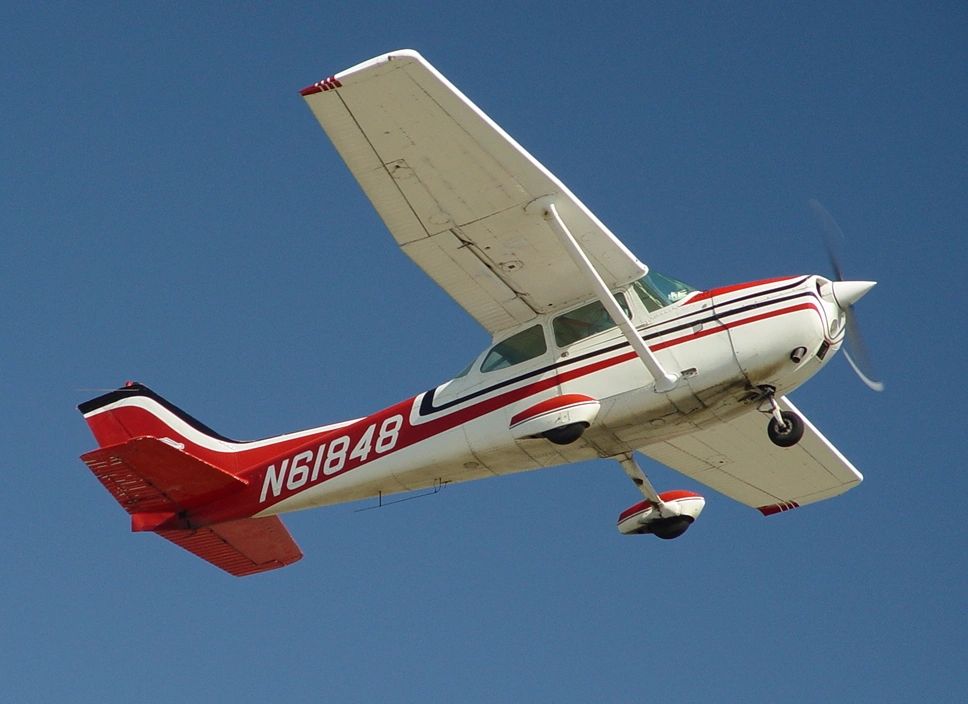LoLPilot
Line Up and Wait
Most forums need the member who asks random, off the wall questions, and I like to think I fill that need here. So here goes:
Earlier this year I joined a flying club that has a couple of PA-28 designs and a couple of 172's. This was my introduction to flying Cherokee-types, other than a few hours in a friend's. I was wondering about their safety relative to a 172 in something like an off-airport forced landing. In case of overturning from the nosewheel digging into the dirt, is the high wing with the two car-style doors a better design? If I look at the Cherokee's single door correctly, it seems that if you overturn the airplane it's wedged shut. Or am I incorrect about that? I've seen crash axes on pilot supply websites - is that something any of you have added to your flight bag, or would chopping your way through a windshield be impossible?
Earlier this year I joined a flying club that has a couple of PA-28 designs and a couple of 172's. This was my introduction to flying Cherokee-types, other than a few hours in a friend's. I was wondering about their safety relative to a 172 in something like an off-airport forced landing. In case of overturning from the nosewheel digging into the dirt, is the high wing with the two car-style doors a better design? If I look at the Cherokee's single door correctly, it seems that if you overturn the airplane it's wedged shut. Or am I incorrect about that? I've seen crash axes on pilot supply websites - is that something any of you have added to your flight bag, or would chopping your way through a windshield be impossible?





